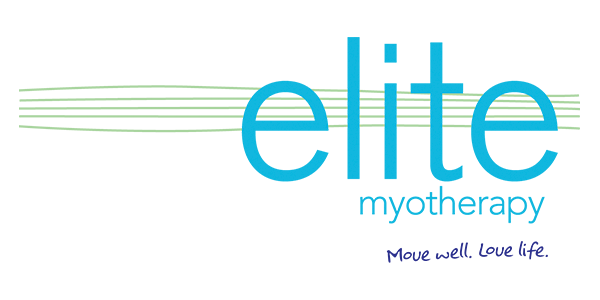Myotherapy is a specialised form of physical therapy that focuses on the assessment, treatment, and management of musculoskeletal pain and dysfunction. By utilising a range of evidence-based techniques, Myotherapists aim to address the root causes of pain, restore mobility, and enhance overall well-being. In this blog post, we will explore some key Myotherapy techniques like dry needling, cupping therapy, and myofascial release, explaining how each works and the specific conditions they benefit.
Dry Needling
Dry needling is a technique that involves the insertion of fine, sterile needles into specific points within the muscles, known as trigger points. Unlike acupuncture, which is based on traditional Chinese medicine, dry needling is grounded in Western medicine principles and focuses on relieving musculoskeletal pain and dysfunction.
How It Works
When needles are inserted into trigger points, they stimulate the muscle tissue, causing a local twitch response. This response helps to release muscle tension, reduce pain, and improve blood flow to the affected area. Dry needling can deactivate overactive muscles, promote healing, and restore normal function.
Conditions It Benefits
Dry needling is effective for treating a variety of conditions, including:
- Chronic muscle pain and tightness
- Myofascial pain syndrome
- Neck and back pain
- Headaches and migraines
- Shoulder pain, such as rotator cuff injuries
- Tennis elbow and golfer’s elbow
- Sciatica and lower back pain
- Sports injuries and muscle strains
By targeting specific trigger points, dry needling can provide significant relief for individuals experiencing persistent muscular pain and tightness.
Cupping Therapy
Cupping therapy is an ancient practice that has been incorporated into modern Myotherapy to promote healing and relaxation. It involves placing cups on the skin to create a vacuum effect, which lifts the underlying tissues.
How It Works
During cupping therapy, the Myotherapist places cups made of glass, silicone, or plastic on the skin’s surface. The air inside the cup is either heated or mechanically removed to create suction. This suction draws the skin and superficial muscle layer into the cup, increasing blood flow to the area.
The increased circulation helps to loosen tight muscles, release fascial adhesions, and encourage lymphatic drainage. Cupping can also stimulate the body’s natural healing processes by promoting the flow of energy and reducing inflammation.
Conditions It Benefits
Cupping therapy can be beneficial for:
- Muscle tension and stiffness
- Back and neck pain
- Shoulder pain and rotator cuff injuries
- Fibromyalgia
- Chronic fatigue syndrome
- Headaches and migraines
- Respiratory conditions like asthma (by reducing muscle tension in the thoracic region)
- Athletic recovery and performance enhancement
By reducing muscle tension and promoting relaxation, cupping therapy can help alleviate pain and improve range of motion.
Myofascial Release
Myofascial release is a manual therapy technique that focuses on releasing restrictions in the myofascial tissues. The fascia is a continuous web of connective tissue that surrounds muscles, bones, nerves, and organs. When the fascia becomes tight or restricted due to injury, inflammation, or trauma, it can cause pain and limit movement.
How It Works
Myofascial release involves the Myotherapist applying gentle, sustained pressure to areas of fascial restriction. This pressure is maintained for several minutes to allow the fascia to stretch and release. The technique can be performed using hands, knuckles, elbows, or specialised tools.
By addressing fascial restrictions, myofascial release helps to restore normal movement patterns, reduce pain, and improve flexibility. It can also enhance circulation and promote healing in the affected areas.
Conditions It Benefits
Myofascial release is effective in treating:
- Chronic pain conditions
- Muscle tightness and stiffness
- Back and neck pain
- Headaches and migraines
- Temporomandibular joint (TMJ) disorders
- Plantar fasciitis
- Carpal tunnel syndrome
- Postural imbalances
- Fibromyalgia
This technique is particularly beneficial for individuals with persistent pain that has not responded to other forms of treatment.
Understanding the different Myotherapy techniques can help you make informed decisions about your health and well-being. Dry needling, cupping therapy, and myofascial release each offer unique benefits and can be tailored to address specific conditions and individual needs. By targeting the underlying causes of pain and dysfunction, these techniques aim to provide lasting relief, restore mobility, and improve quality of life.
If you are experiencing musculoskeletal pain or discomfort, consider consulting a qualified Myotherapist to discuss which treatment options may be most suitable for you. With a personalised approach, Myotherapy can help you achieve optimal physical function and return to the activities you enjoy.
At our clinics, we are committed to helping you understand and explore the best Myotherapy techniques for your needs. Contact us today to book an appointment and take the first step towards a healthier, pain-free life.







